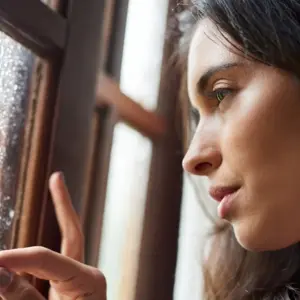

Complementary and Alternative Medicine (CAM)

Complementary and Alternative Medicine (CAM)
Spinal Manipulation for Pain Relief
More Americans are being treated with spinal manipulation therapy, according to a comparison of data from the National Health Interview Survey (NHIS). Between 2012 and 2017, US adults' use of chiropractic care, which usually includes spinal manipulation, rose from 9% to 10.3%, making it one of the most common complementary health approaches used in the US.
Spinal manipulation, practiced by chiropractors and some osteopathic physicians and physical therapists, involves controlled thrust applied to a joint of the spine. Research shows patients who receive the therapy report positive experiences and reduced pain. The NHIS found that of the US adults who underwent spinal manipulation, 67% used it to treat a specific health condition and 53% used it for wellness. Other reasons given include improved energy, better immune function, and improved memory.
In its 2017 clinical guidelines, the American College of Physicians suggested spinal manipulation is a recommended treatment option for acute or chronic low-back pain. A 2010 research review concluded it was better than placebo for immediate, short-term relief from acute low-back and neck pain, and better than acupuncture for chronic low-back pain.
A 2014 study of people with sciatic low-back and leg pain found participants who received spinal manipulation with personal instruction and exercises had less pain after 12 weeks than those who did not receive the treatment.
There is some scientific evidence that spinal manipulation is at least as effective as medication for neck pain, headache, and other conditions. However, the research has limitations and more study is required. The National Center for Complementary and Integrative Health (NCCIH) is funding a number of studies to further investigate the clinical impact of spinal manipulation protocols.
According to a 2014 study funded by NCCIH, 12 sessions of spinal manipulation may be the best "dose" for people with chronic low-back pain. The most common side effects are temporary muscle soreness and stiffness. While there have been some serious complications associated with spinal manipulation, they are very rare, and the therapy is generally considered safe when performed by a trained and licensed practitioner.
REFERENCES
National Center for Complementary and Integrative Health. (n.d.) Spinal manipulation: What you need to know. US Department of Health and Human Services, National Institutes of Health. https://www.nccih.nih.gov/health/spinal-manipulation-what-you-need-to-know


 By
By



